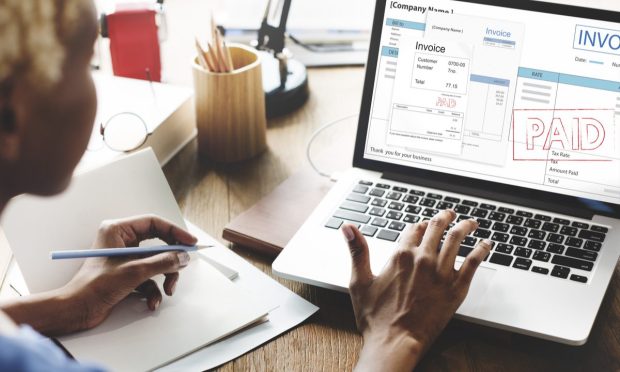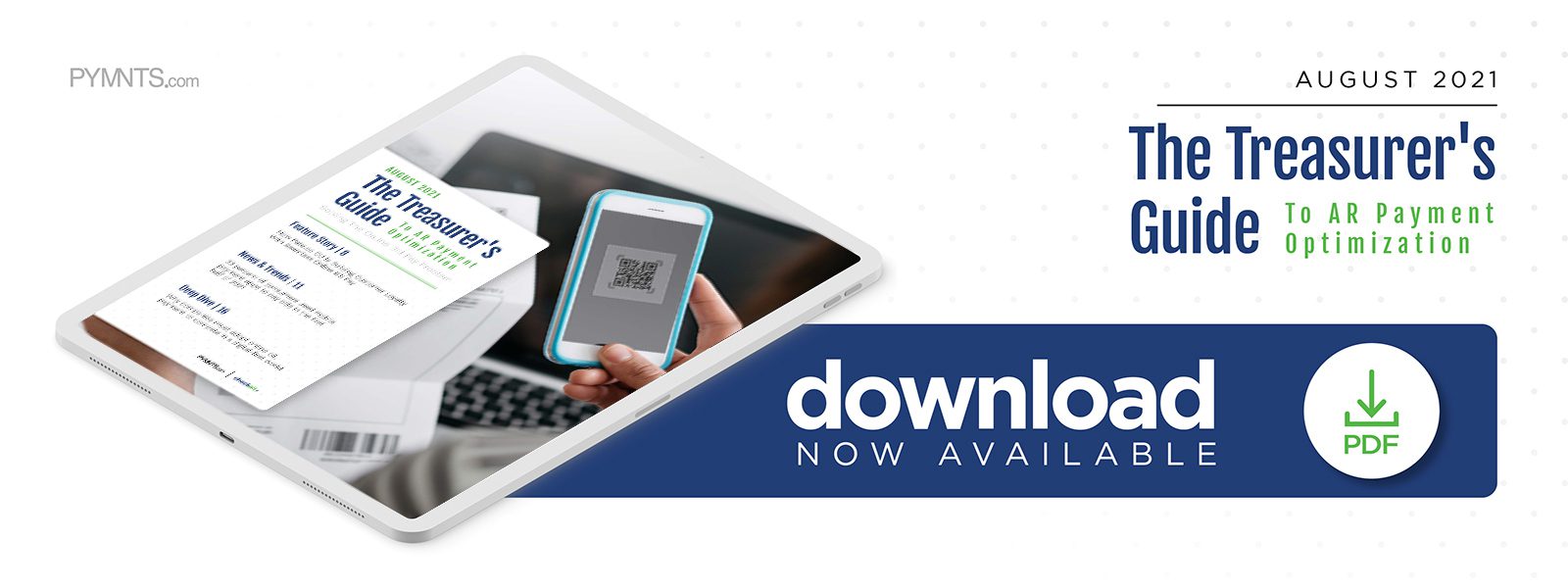Deep Dive: How 2020 Increased The Necessity Of Fully Online Bill Payment Solutions For Businesses, Consumers

Businesses and consumers alike are heading online to fulfill more of their banking and payment needs, with individuals increasingly using digital tools to send money or pay their rent, utility and other bills.
One September study found that 62 percent of consumers paid such bills through biller, bank or third-party websites the prior year, accounting for 9.5 billion bills. The events of the past year had an especially notable effect on businesses adopting such payment tools, moreover.
One August 2020 study found that 57 percent of small- to medium-sized businesses (SMBs) already had expanded their use of digital B2B payment services as of the pandemic’s onset. Payment professionals meanwhile sought ways to make accounts receivable (AR) and accounts payable (AP) processes more streamlined and efficient as their organizations made this digital-first jump. These moves were aimed at both bolstering cashflow and keeping their customers satisfied, with 53 percent of executives polled in a June PYMNTS study anticipating that digitizing these processes would enable their firms to make faster payments.
B2B professionals’ positive expectations of online payments have not yet become reality, however, and consumers also are grumbling about friction points that are cropping up in their online experiences. Transitioning to online bill payment solutions can be tricky for companies that remain reliant on systems built to funnel paper checks and invoices, as many firms may struggle to match their existing invoicing standards with virtual tools.
It also can be difficult to run bill payments completely through virtual channels in industries in which paper checks still make up the majority of B2B transactions, such as the commercial real estate space. Paper checks account for 34 percent of such payments in this sector, according to PYMNTS data. Stumbling blocks in the payment process also may cause some of these ostensibly electronic bill payments to drop to paper checks unbeknownst to consumers or businesses, further stretching out the time it takes to finalize these transactions.
Ensuring that the bill payment experience remains fully digital, therefore, is key for banks to retain both businesses and consumers as customers. The following Deep Dive examines the friction points that could be preventing the online bill payment experience from becoming fully digital and how emerging tools and technologies such as automation can help to reduce those frictions.
Confronting Checks’ Increasing Friction Points
Companies are not oblivious to the perks of electronic payment methods when it comes to paying their bills or receiving payments from clients as manual payments grow more expensive. This makes any friction that causes online transactions to be dropped to paper checks all the more frustrating. Electronic invoices reportedly cost 81 percent less on average than their paper counterparts, and expenses can ramp up further when online bill payments falter at the gate. Late payments can have a severe impact on companies waiting to receive their funds — especially SMBs, as 82 percent close their doors due to cash flow management issues. The past year saw a 32 percent increase in the number of businesses that could not pay their own suppliers due to late payments, for example.
Dropping electronic bill payments midtransaction also can have a severe effect on banks’ relationships with their business or consumer partners, for that matter. Digital bill payment has thrived among consumers since its inception, yet individuals remain wary of signing up for autopayment solutions — although evidence suggests that this feature could generate greater loyalty to their financial institutions (FIs) or credit unions (CUs) in the long run if they are persuaded to sign up. Sixty-seven percent of bills paid by consumers in 2019 were one-time bill payments, according to one September study, with only 35 percent carried out via autopay services. This missed opportunity could see both businesses and banks lose out on both revenue and customer retention, especially as individuals increasingly expect near-instant payment experiences no matter what the transaction.
The need to reduce such pain points sharpened in 2020 as businesses moved to adapt age-old processes to fit the remote working world that took shape during the pandemic. Interest in solutions such as electronic invoices and online bill payments rose as the frictions associated with paper methods left smaller companies scrambling for the cash they needed to keep their businesses afloat.
The average SMB has approximately $84,000 in unpaid invoices, according to one study — money that many desperately need to pay their employees and suppliers and keep their doors open. An August 2020 study found 38 percent of businesses were experiencing significant cash flow struggles, citing delayed payments and lagging cash and check processing times as the reasons. Nearly two-thirds of businesses were actively trying to coax their clients or industry partners away from using cash and checks when sending or asking for payment. The growing frustration with these friction points makes it critical for FIs and CUs to offer online bill payment experiences that are truly digital from end to end.
How Automation Can Speed Up and Simplify Billing
The rising expectations of both consumers and businesses render any frictions in bill payment increasingly unacceptable — especially the dropping of online payments to paper checks, which cancels out the benefits of digitization. Incorporating technologies that can analyze data easily and swiftly, highlight risks and accept payments can make a pivotal difference.
Automating online B2B payment processes may be one way for banks to meet their clients’ growing needs. Automation can review invoices quickly for accurate information and relay the necessary details to employees, speeding up the process. PYMNTS data found that businesses using automated invoice delivery tools have 23 fewer days sales outstanding (DSO) on average than those still using manual tools. Incorporating technologies including electronic lockbox or related tools that can prevent payments from winding up as paper checks must become a top priority for FIs, CUs and other financial entities looking to meet both business and consumer needs for online bill payment.

